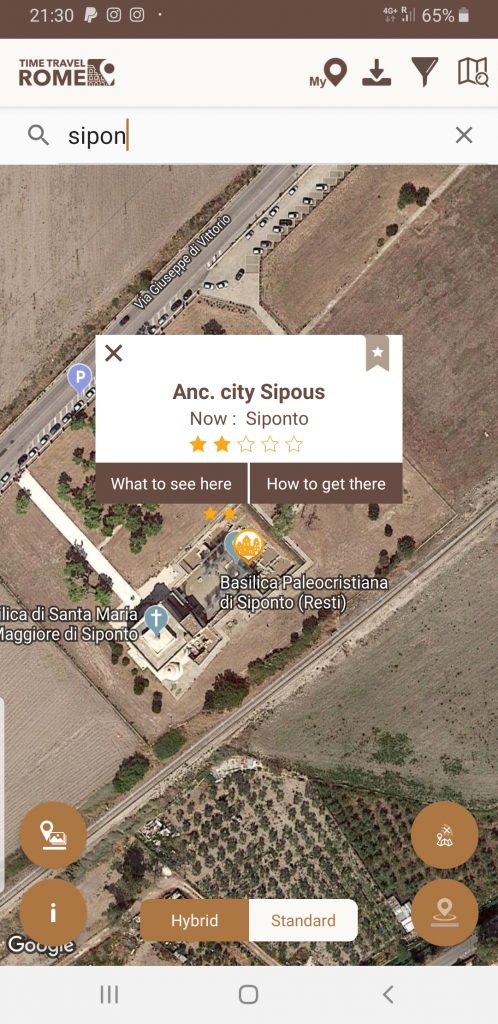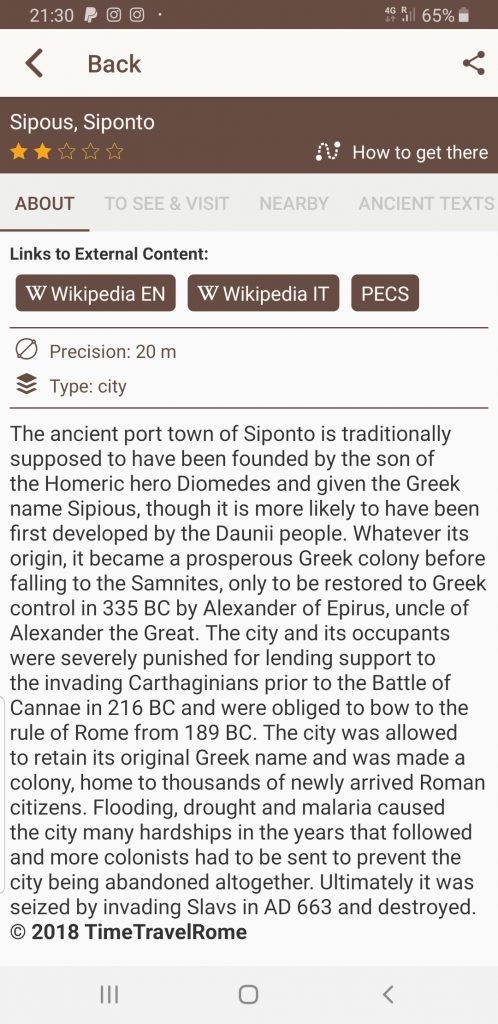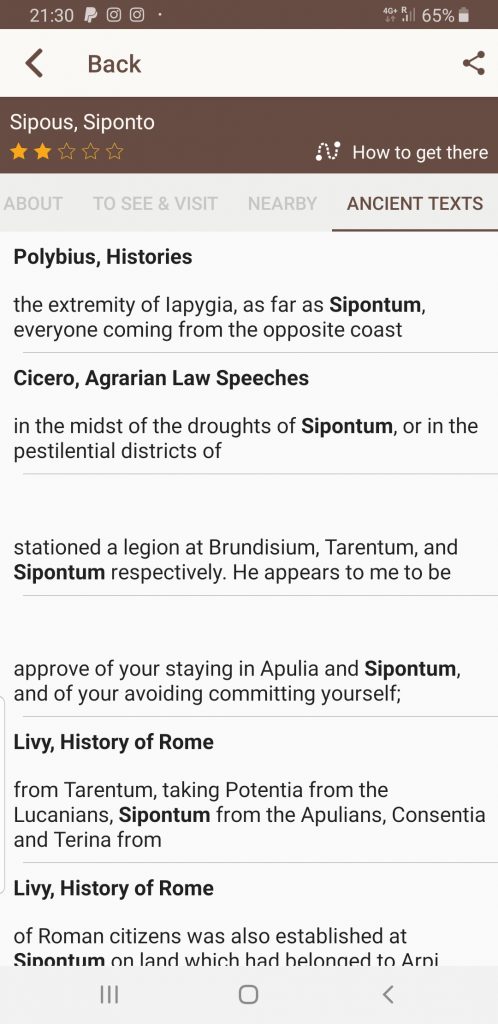“Agrippa, who was the closest friend of Octavian”.
Appian, The Civil Wars
History of Sipious (Sipous)
Located on the western coast of Italy, ancient Sipious (Sipous) began as a Greek city. It was a colony founded by Diomedes according to legend, but likely established by Daunians, an Iapygian tribe consisting of a mixture of Illyrians from the west coast of Greece and Apulians from southern Italy, possibly as far as Crete. It fell to the Samnites during their expansions across Italy, but was retaken in 335 B.C. by the King of Epirus, who was the uncle of Alexander the Great.
Eventually, it came under the control of the Romans, and as early as 189 B.C. it became a colony of Rome. As a port city, Sipious enjoyed good trade, but otherwise remained largely unknown in the history books, with the exception of its position as a focal point in one of the conflicts between Octavian and Antony. In that siege, young Marcus Agrippa’s triumph at Sipious firmly established him as the right hand of the most powerful man in Rome.
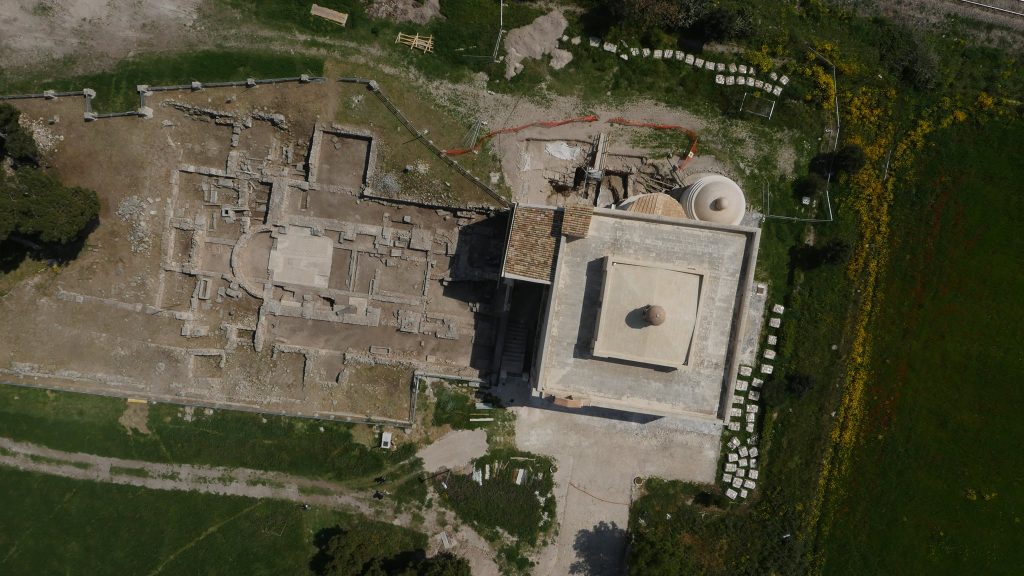
Marcus Agrippa
Part of what makes Agrippa such a fascinating character is that his rise to the heights of power came not through family connections and noble background, but rather through his own proven abilities. Augustus particularly noted that fact in praise of Agrippa. In fact, Agrippa’s origins are very poorly understood, and he may have intentionally suppressed them during his lifetime. He certainly abandoned use of his family name, Vipsanius, a largely insignificant and obscure clan. His birth city is entirely unknown, but he is usually believed to have been born in either central or southern Italy, sometime around 64-62 B.C.
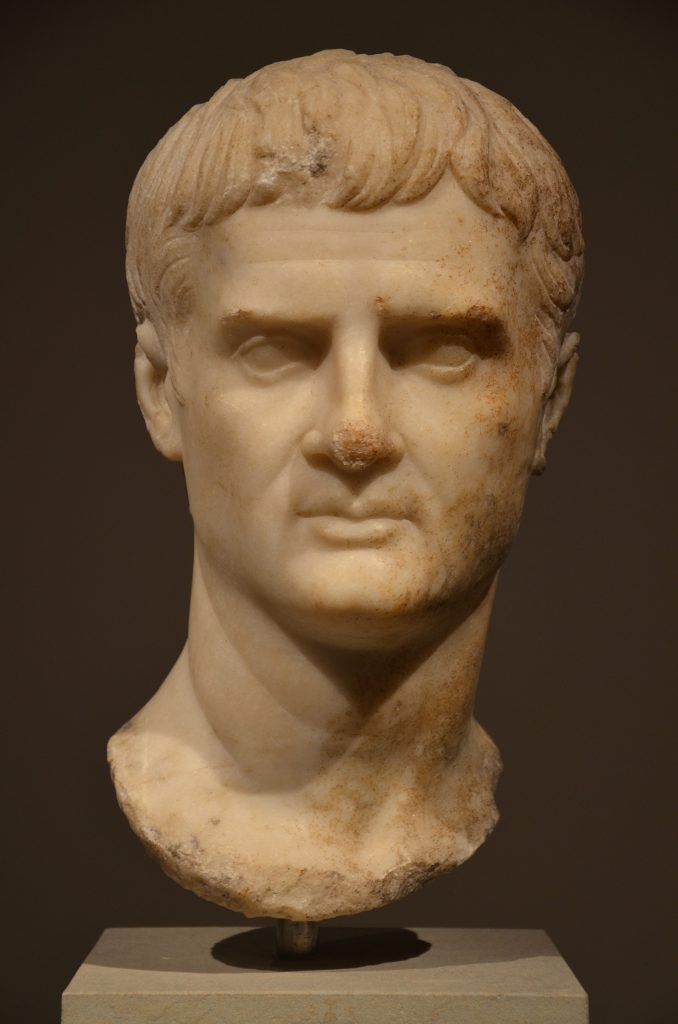
Pliny the Elder wrote that Agrippa had survived a difficult breech birth, and the cognomen Agrippa was a reference to this. He also stated that Agrippa had endured an unhappy childhood, though he recorded no more details. Agrippa had an older brother, Lucius Vipansius, and a sister, Vipsania Polla. During his education, Agrippa met a young man by the name of Gaius Octavius Thurinus, and through a mutual respect, the two formed a close friendship, together with a third boy, Quintus Salvidienus Rufus. Octavius was, of course, the nephew of Julius Caesar himself. During this time, Caesar was becoming increasingly interested in young Octavius. After seizing Rome, he helped the boy begin an early political career before his departure to pursue Pompey.
Bonds of Friendship
The close bond between Octavius and Agrippa is evident from the earliest years of their friendship. Agrippa’s brother Lucius joined Pompey’s army, and was among those captured in Caesar’s victory during the African Wars. Octavius resolved to help his friend, and “although Octavius had never yet asked anything of Caesar, he wanted to beg the prisoner off, but he hesitated because of modesty and at the same time because he saw how Caesar was disposed toward those who had been captured in that war. However, he made bold to ask it, and had his request granted. Thereupon he was very glad at having rescued a brother for his friend.”
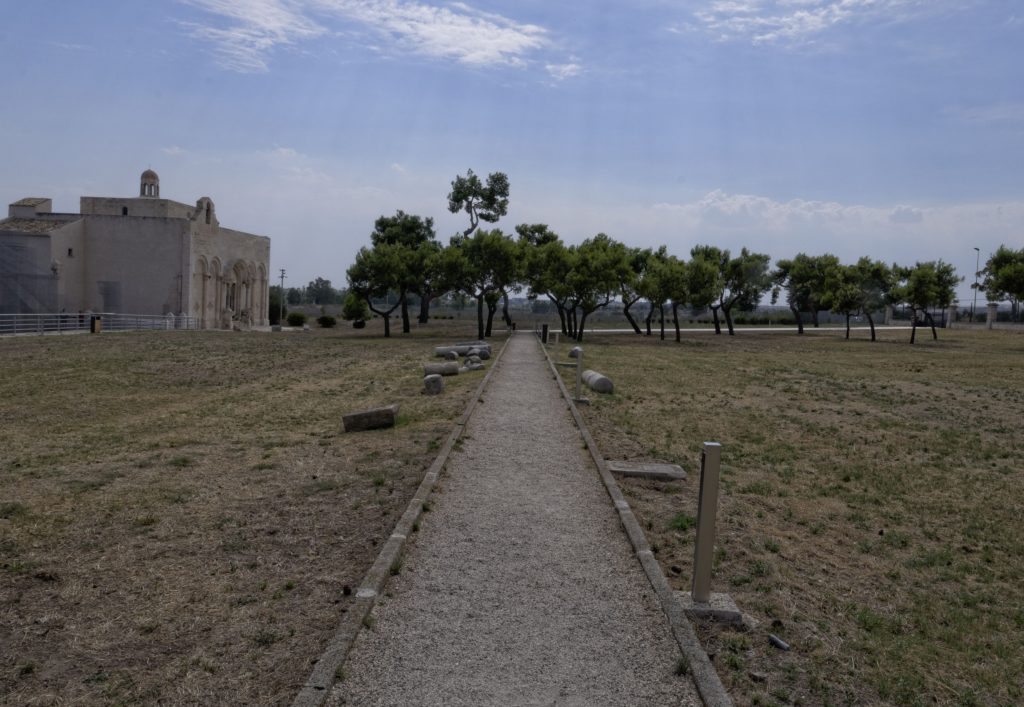
Octavius had planned to accompany his uncle to the campaign in Spain at Caesar’s request, but at the last minute became severely ill. Yet as soon as he had barely recovered, just enough to travel, he set out for Spain over dangerous roads and even survived a shipwreck. Caesar was greatly pleased with his nephew’s initiative. Suetonius mentions only that Octavius traveled with “a very few companions,” and it is quite plausible that Agrippa was one of these, enduring danger and hardships alongside Octavius and forming yet a closer friendship.
He certainly remained very important to Octavius, for after the conclusion of the campaign, Caesar invited Octavius to travel with him in his own boat back to Rome. “Out of affection, [Octavius] took three of his companions aboard, though he feared that Caesar would be angry when he found this out. However, the reverse was the case, for Caesar was pleased in that Octavius was fond of his comrades.” One of these three was Agrippa, and another was Salvidienus.
Right-Hand Man
Caesar seems to have gained an appreciation for Agrippa on this trip as well as Octavius, for upon arriving back in Rome, he sent the boys to Apollonia to continue their studies. All three were there when news arrived of Caesar’s assassination and Octavius’s adoption by Caesar. As was traditional in Rome, Octavius took the name Caesar and modified his previous nomen to Octavian. Agrippa and Salvidienus became Octavian’s top advisors in the tumultuous years that followed, though Salvidienus maintained the chief generalship. Agrippa was instrumental in gaining the loyalty of Roman soldiers, and both likely fought with Octavian at the Battle of Philippi in 42 B.C. Only a year later, Agrippa was a major player in the Perusine War when Antony’s wife and brother attempted to take control of Rome from Octavian.
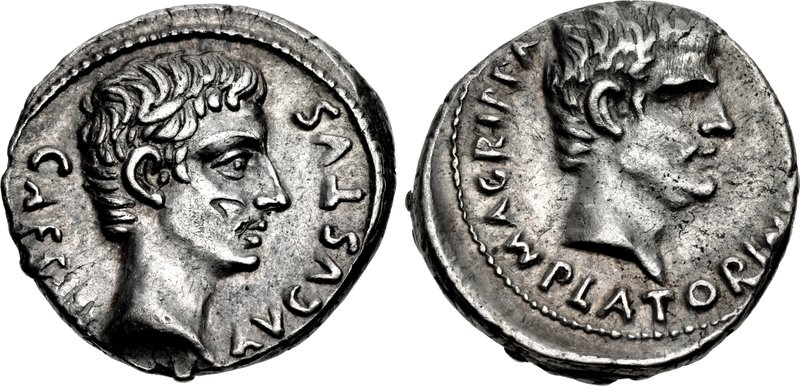
Octavian next appointed Agrippa as urban praetor of Rome, giving him the power to organize Rome’s defense in Octavian’s absence. Agrippa successfully repulsed an attack by Sextus and pushed him to withdraw from Italy, but in August of 40 B.C. Sextus and Antony both individually invaded Italy. Antony managed to capture Sipious, and it was Agrippa who led the siege to retake the city. His decisive victory helped bring an end to that particular conflict. In the negotiations that followed, Antony, in an act of good-will, revealed to Octavian that Salvidienus had offered to betray Octavian and declare for Antony. Octavian ordered him executed, and from that time Agrippa was his closest friend and undisputed right-hand man.
What to See Here ?
The remains of ancient Sipious are now preserved as an archaeological park. Features of the ruins excavated there include the foundations of the city’s basilica and walls as well as an early Christian church.
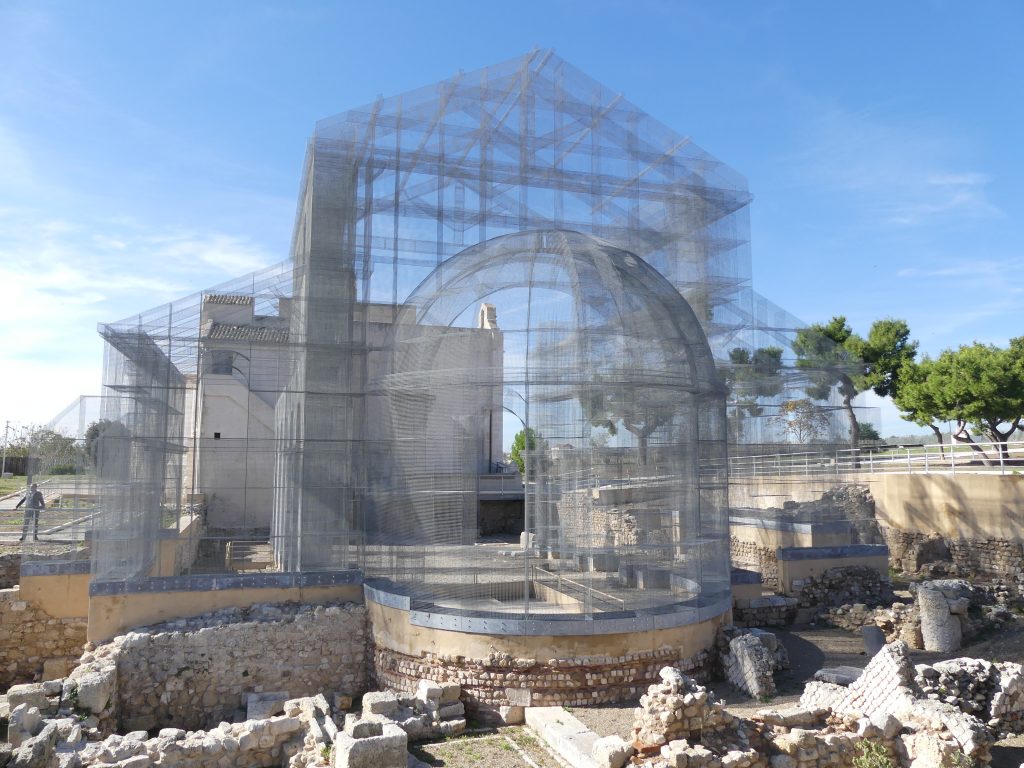
Sipious on Timetravelrome App:
Sources: Velleius Paterculus, Roman History; Suetonius, Life of Augustus; Nicholas of Damascus, Life of Augustus; Appian, The Civil Wars; Cassius Dio, Roman History.
Author: Written for Timetravelrome by Marian Vermeulen
Header image: Portrait of Agrippa from the Geschichte der Romischen Kaiser Verlag von Quelle & Meyer by Alfred von Domaszewski published in Leipzig 1914. Picture is in the public domain.

